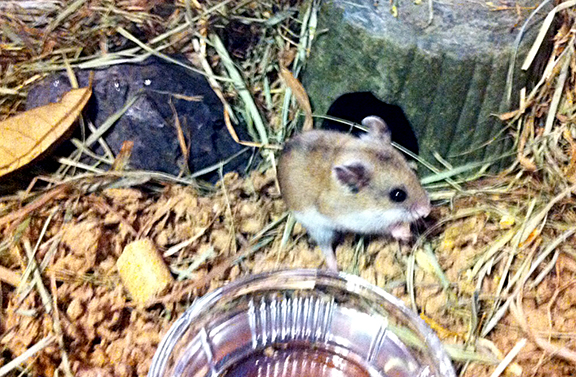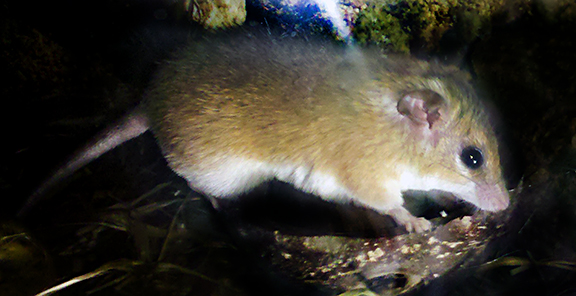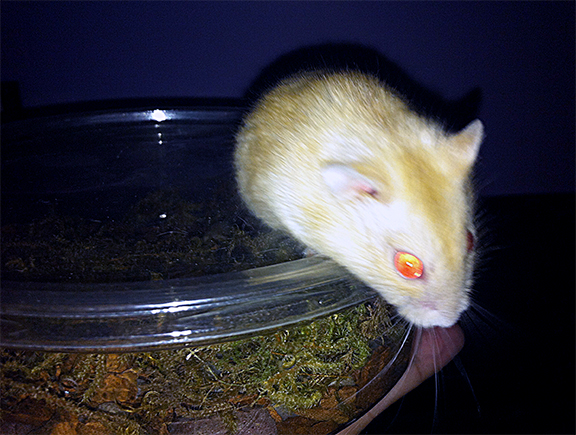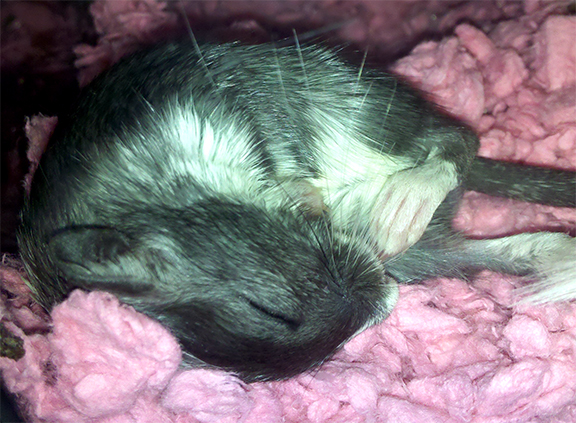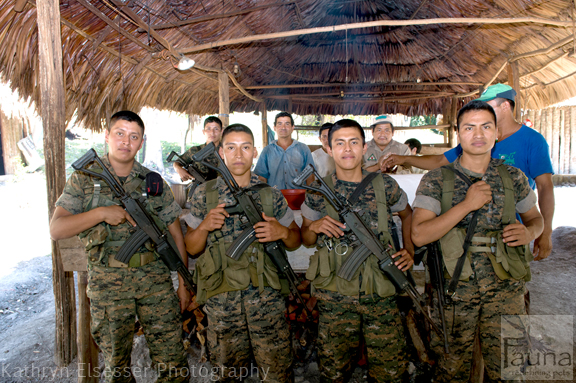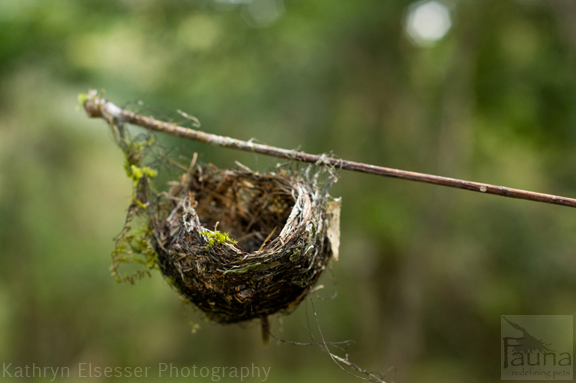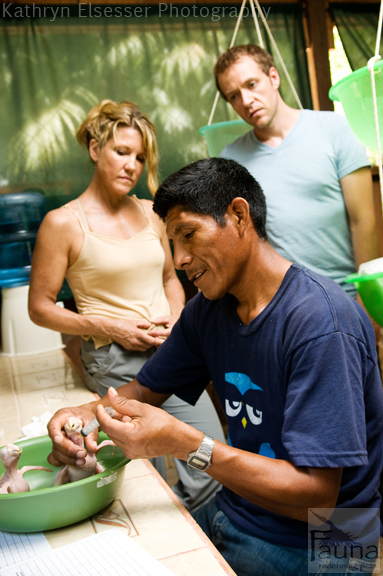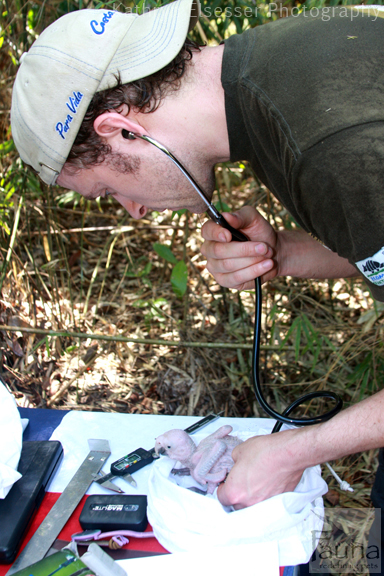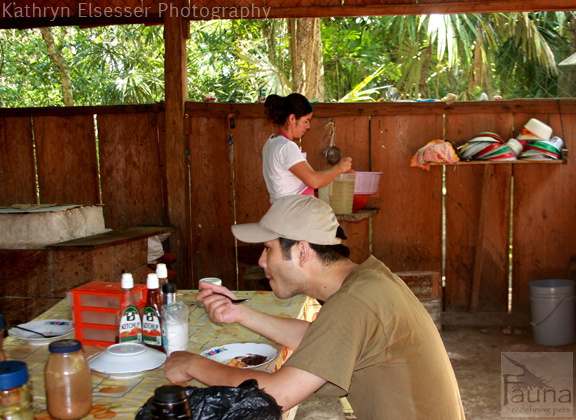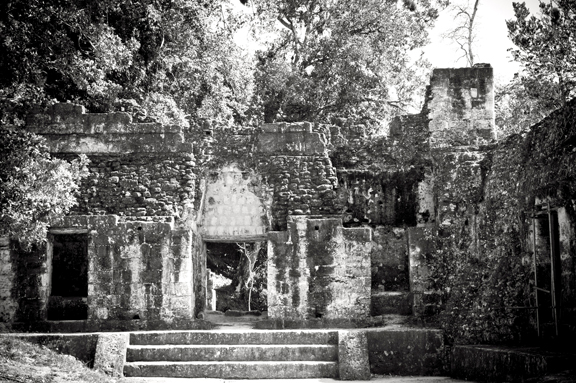Series: Part 1 | Part 2 | Part 3 | Part 4 | Part 5
As many of you know, Daniel Kopulos, owner of Fauna, will be returning to Guatemala in May 2013 to continue his conservation work with Scarlet Macaws, Mesoamerican River Turtles and Jaguars. As he embarks on this adventure, we thought it would be fun for us to relive his past excursion in Guatemala in 2012, as well as educate and answer questions we’ve received from our many supporters of this conservation project. We will present Daniel’s exciting and important story in a series of interview questions and photos. Enjoy!
Guatemala Project: Part 3
A typical day at the Project Station
Describe a typical day while you are in Guatemala at the project station.
In the morning you awaken to the sound of howler monkeys at around 4:30-5 am. You crawl out of your tent, shake out your boots before slipping your feet in, (snakes and scorpions!), and then make your way over to the kitchen. The first person in the kitchen has to make a fire and start heating up the rainwater for our instant coffee to get the day rolling along. Someone will make some eggs, and reheat the beans and tortillas that may have been sitting out for a few days for breakfast.
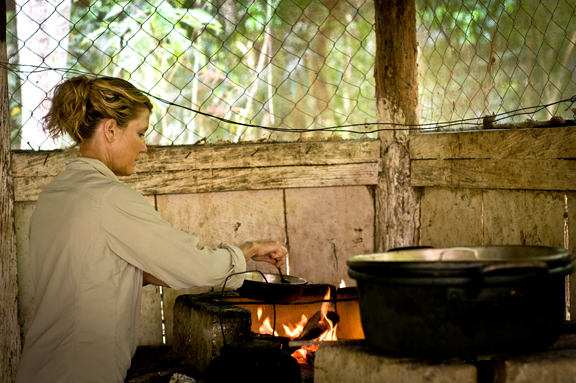
After eating, we decide who is going to visit macaw nest sites and who is going to stay back to hand feed any babies that may be at the station. We typically always go out to the nest sites. Most of the nest sites have to be hiked to and can be several miles apart. Once at a nest site, we document if the parents are around, if there are vocalizations from within the nest, and what the grounds are like surrounding the location.

As a team, we get the climbing gear up the tree and one person will climb up to the nest cavity and inspect for eggs or chicks. If there are known chicks in the nest, they are carefully removed, one by one, and lowered to the team below. They will then get a full examination, and body measurements are taken for records.
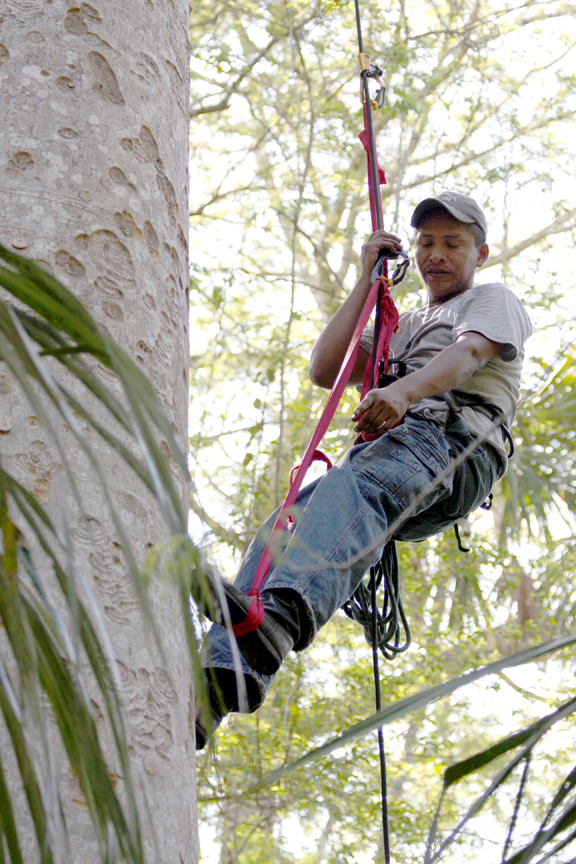
New as of last year, chicks will have a microchip implanted for permanent identification in the event a dead bird is found or if any birds are confiscated across the border. Any birds with issues are treated on the spot, if possible, or are taken back to the field station for further treatment. If there are more than two chicks in the nest, the youngest will be removed for hand feeding and fostering to nest with fewer chicks. An average day consists of visiting at least six nest sites a day.

After those long hours of hiking, you come back to the field station exhausted, but still have more work to do! Now it’s time to examine all the chicks in the lab (oh yeah, we set up a lab last year while we were there!), and do treatments as needed. Then you wash up as best you can, grab a snack (usually a tortilla with honey or something like that) and take a siesta in the blazing heat.
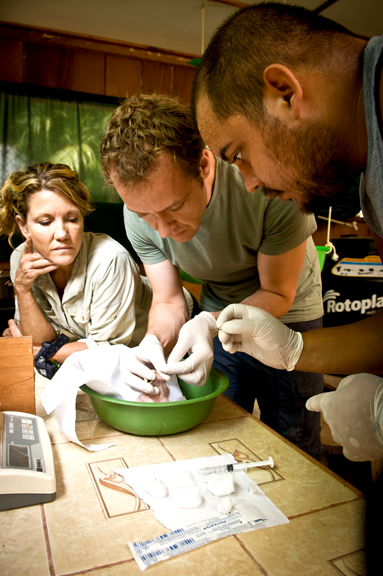
After about an hour, we all gather to review information, tell stories and plan the following day. If we did not get to all the nest sites earlier, we would make another trip out to finish up, or start doing maintenance work at the station. Trucks need to be worked on constantly, and structures and water pumps all need TLC.
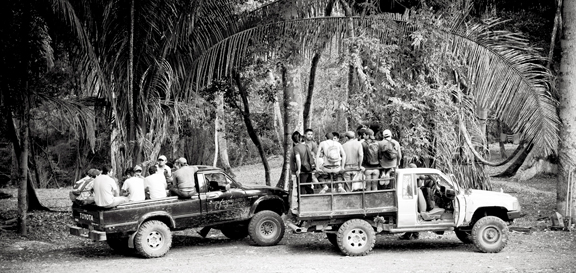
Following this we begin to prepare dinner. There may be a trip out to the lake to go fishing. That makes for a special evening. All the fish will be cooked and we share in the bounty of 3 inch fish! Tortilla making is especially fun for the group. Everyone leaves being an expert in hand making tortillas.

Dinner is quick as it becomes pitch black outside and the insects gather around. There is no way to avoid consuming a bulk of them, and after a while you just become oddly used to it. After dinner there is more story telling, songs, aka jungle concerts, and then maybe a shower if there is enough water – and SLEEP!
Series: Part 1 | Part 2 | Part 3 | Part 4 | Part 5

 To learn more about Fauna NYC, visit our website!
To learn more about Fauna NYC, visit our website!
![]()
![]() To learn more about Fauna NYC, visit our website!
To learn more about Fauna NYC, visit our website!




